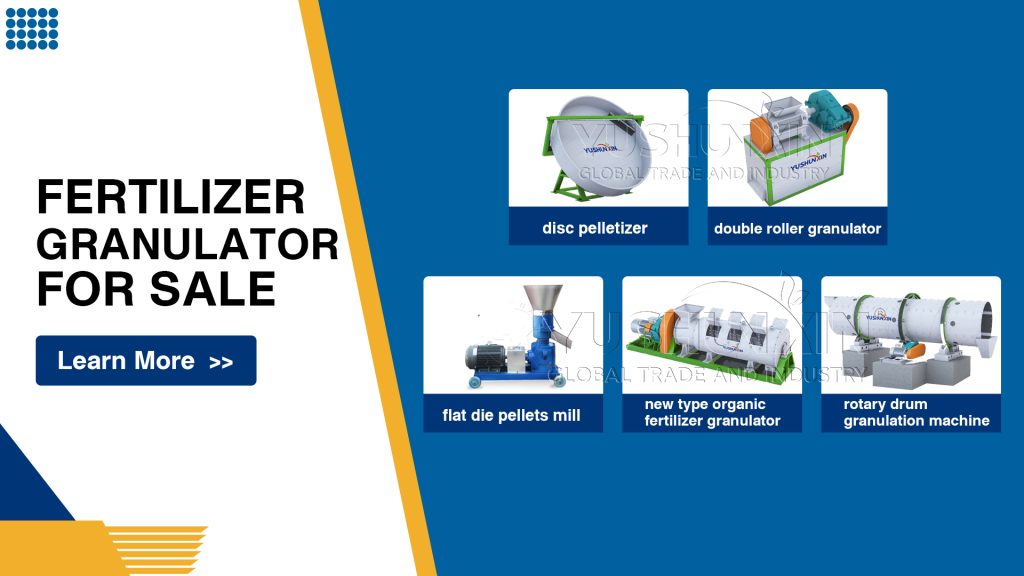Across modern farms, poultry waste management has become a challenge and an opportunity. Converting chicken manure into uniform fertilizer pellets not only reduces waste but also creates a stable, easy-to-transport organic product. This transformation relies on a well-designed chicken manure pelletizing machine, which turns raw manure into dense, nutrient-rich granules suitable for various crops.
Understanding the Material: What Makes Chicken Manure Ideal for Pelleting
Chicken manure is rich in nitrogen, phosphorus, and potassium — three core nutrients for plant growth. However, its high moisture content and microbial load mean that direct application can damage crops or release unpleasant odors. That’s why most fertilizer producers choose poultry manure pelleting systems, where composted manure is dried, ground, and granulated under controlled conditions. The process stabilizes nutrients and eliminates pathogens while improving fertilizer handling and storage.
Core Working Principle of the Pelleting Process
In a typical chicken manure granulation process, composted material is first crushed into fine powder, then fed into a granulator. Inside the granulator, mechanical force or rotating motion reshapes loose powder into compact particles.
Depending on capacity and moisture levels, producers can choose between different types of organic fertilizer pelletizers:
- Rotary drum granulator – Suitable for large-scale plants producing spherical, uniform pellets.
- Disc granulator – Provides good control of particle size for medium-capacity lines.
- Flat die and ring die pellet mills – Often used for small-scale farms or livestock operations.
- Roller compactor granulator – Works by extrusion under dry conditions, minimizing drying costs.
Each type offers specific benefits for throughput, shape, and moisture control, allowing operators to tailor their fertilizer product to market needs.

Key Considerations Before Starting Production
Before selecting any chicken manure pellet machine, several factors should be evaluated carefully:
- Raw material condition – Compost maturity, moisture level (ideally 25–30%), and particle size directly affect pellet quality.
- Production scale – Small farms may opt for flat die granulators, while commercial factories prefer drum systems.
- Energy consumption and drying requirements – Wet granulation systems need hot air dryers, whereas dry granulation reduces energy cost.
- Maintenance and cleaning – Pellet machines should allow easy disassembly to avoid clogging and bacterial buildup.
Proper matching of each stage — from composting and crushing to granulation and cooling — ensures smooth operation and consistent product quality. Learn more!
Practical Insight: Integrated Chicken Manure Fertilizer Lines
In modern fertilizer production, the chicken manure fertilizer pelletizing line often integrates several units — compost turners, crushers, granulators, dryers, and packaging systems. Manufacturers like Yushunxin supply tailored solutions according to feedstock properties and expected pellet size. Such systems support continuous production and maintain nutrient balance throughout the process, ensuring each pellet meets agricultural standards.
Toward Sustainable Poultry Waste Utilization
Using chicken manure pellet production technology helps close the nutrient loop in agriculture. It transforms waste into value, reduces pollution, and offers farmers a profitable, eco-friendly fertilizer option. For operations aiming to build a long-term sustainable model, investing in efficient pelleting equipment is not just a technical decision — it’s a commitment to future-oriented farming. Welcome to visit: https://www.fertilizerequipmentprice.com/chicken-manure-pellet-machine/